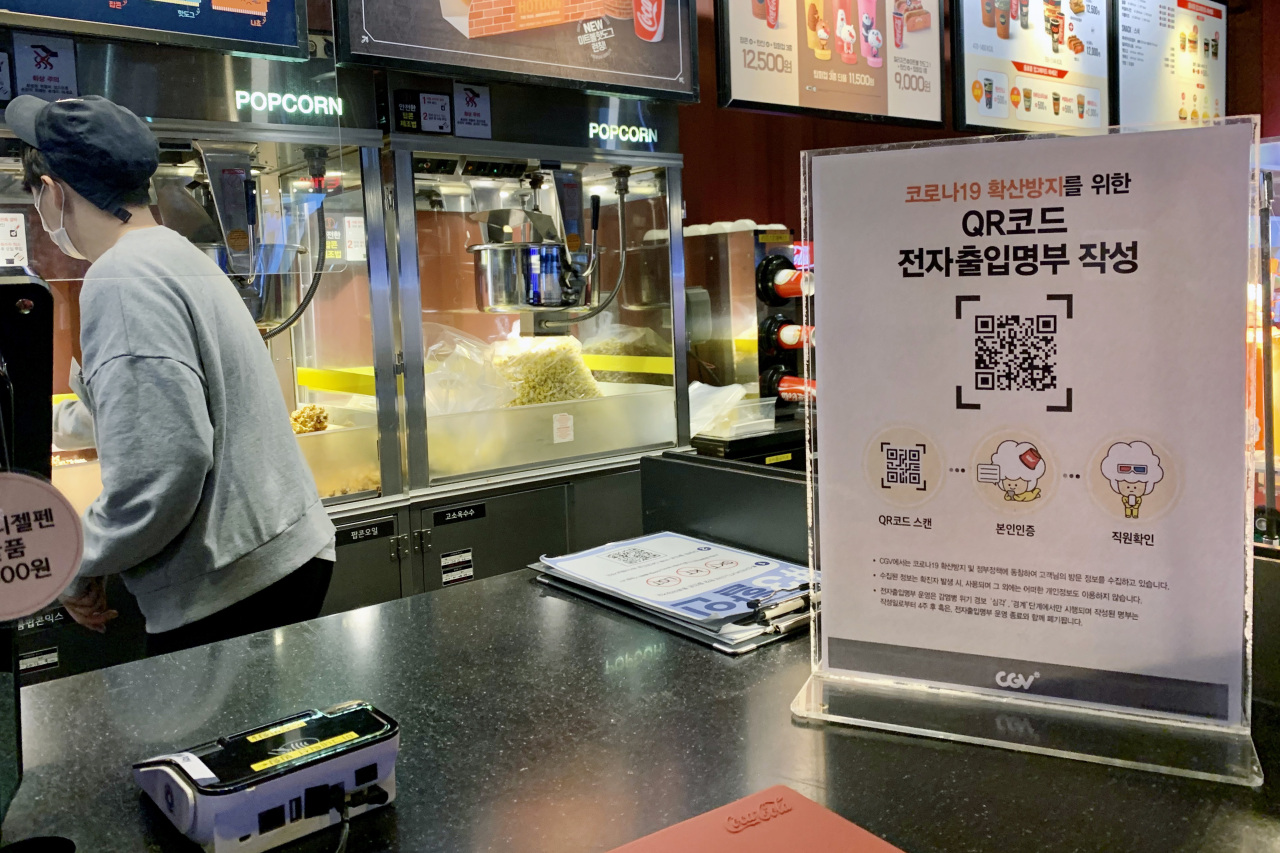Korea’s COVID-19 positivity rate rises on first day of new social distancing rules
Saturday’s testing halves but cases climb to 143
By Kim ArinPublished : Nov. 8, 2020 - 15:44

South Korea performed 5,631 tests on Saturday and found 143 more cases of the novel coronavirus disease, or COVID-19, according to the Korea Disease Control and Prevention Agency’s updates.
This translates to a significant percentage, 2.5 percent, of tests coming back positive. About a month ago, in early October, the rate was below 1 percent. Korea’s rate of positive tests is lower than the World Health Organization’s benchmark of 5 percent, but experts have called for the expansion of testing ahead of winter.
The cumulative number of official cases is 27,427. Seoul, home to over 9 million people, accounts for nearly a quarter of the nationwide total at 6,326 cases.
As of Saturday, new social distancing guidelines have been put in place to minimize harm to the economy.
In announcing the revisions to the coronavirus strategy last month, the Ministry of Health and Welfare said the country’s health care system could handle around 200 to 300 cases a day without becoming overburdened.
“The toll of social distancing weighs too heavily on the economy for it to persist,” said the ministry’s spokesperson Son Young-rae in explaining the decision to ease the restrictions. “The new coronavirus plan is about accepting the risks at a manageable level.”
Pulmonologist Dr. Jung Ki-suck, onetime director of Korea Centers for Disease Control and Prevention, pointed out with the updated rules, Korea wouldn’t impose the strictest tier unless a countrywide spread of over 800 to 1,000 daily occurred per day for a week.
Jung said the daily new infections should be brought down with tightened rules as the country braces for the winter months of the pandemic. “We have to be preparing for the worst,” he said.
Infectious disease specialist Dr. Kim Woo-joo of southern Seoul’s Korea University Medical Center said cases staying at a certain level in a resurgence scenario was “unlikely.”
He said cases had grown by hundreds within a matter of days during two previous peaks in February and August.
“If a winter wave of the coronavirus hits, and 800 to 1,000 patients are diagnosed in a day, we might not have enough beds to isolate all of them.”
To facilitate contact tracing, QR code-based IDs will be required at all cafes and restaurants from now on as opposed to recording contact details in a written log. Previously, only “high-risk” businesses such as bars and clubs were mandated to adopt digitized registries.
The Health Ministry estimates that QR coded IDs have been used around 260 million times at 320,000 venues around the country so far since the system was introduced in June.
As the number of global cases escalates, with 3.3 million new cases recorded over the past week according to the WHO situation report, public health authorities warn of a corresponding surge in imported infections here. Infections among international arrivals made up 18.6 percent of the 1,509 cases detected in the two weeks between Oct. 25 and Saturday.
The Health Minister Park Neung-hoo said in Sunday’s briefing that as most cases tied to international travel are found while they are quarantined, there were “no risks of the imported infections spreading among communities.”
Park added that all China-bound travelers will be required to submit two consecutive negative PCT tests from Wednesday before they can leave Korea, as per the new border protocols in China.
There are currently 50 severely or critically ill patients with the coronavirus, of whom 35 or 70 percent are in their 60s or older. Only 58 out of 403 intensive care beds in the country were available as of Friday.
One more person died Saturday, putting the number of coronavirus-related deaths at 476. The overall fatality rate stands at 1.75 percent. But in patients aged 80 or above, the rate is over 20 percent.
By Kim Arin (arin@heraldcorp.com)



![[Exclusive] Korean military set to ban iPhones over 'security' concerns](http://res.heraldm.com/phpwas/restmb_idxmake.php?idx=644&simg=/content/image/2024/04/23/20240423050599_0.jpg&u=20240423183955)

![[Graphic News] 77% of young Koreans still financially dependent](http://res.heraldm.com/phpwas/restmb_idxmake.php?idx=644&simg=/content/image/2024/04/22/20240422050762_0.gif&u=)



![[Pressure points] Leggings in public: Fashion statement or social faux pas?](http://res.heraldm.com/phpwas/restmb_idxmake.php?idx=644&simg=/content/image/2024/04/23/20240423050669_0.jpg&u=)










